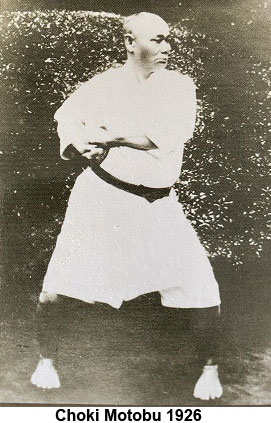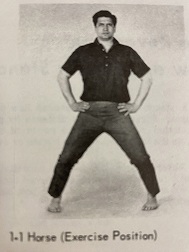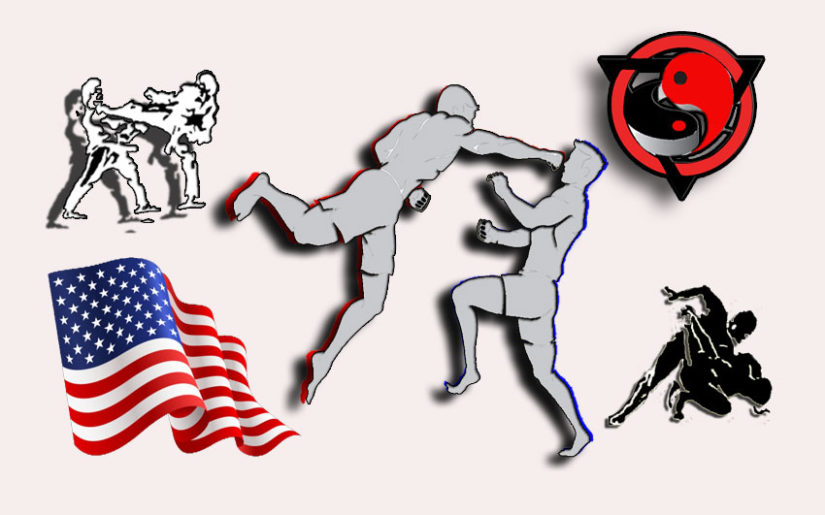American Kenpo




When one looks at Ed Parker’s Kenpo Karate it is important to observe its development from an historical perspective to understand the system as it has progressed to today. As a young boy growing up in Hawaii in the 1930’s, Ed Parker would drive down the road with his mother who would stimulate her son’s power of observation by asking him after a car had passed them by, “What color was it? How many doors did it have? How many people were inside?”
This early story of Mr. Parker’s childhood is one of the many that illustrates the development of his analytical mind. We can now understand his creation of a system of martial arts that was designed with the same principles in mind. A system that critically analyzed motion.
To grow up on the tough streets of Kalihi in Honolulu at that time, as Mr. Parker did, street-fighting was a common theme; the young men hanging out testing each other. If there was a “supposed”master martial artist, he would be challenged to find out if his claimed superior fighting ability was credible. In order to last in such a tough neighborhood, Mr. Parker began to develop fighting techniques and skills that would ensure his survival It is worthy to note that many great martial artists have come from the rough streets of Hawaii; Wally Jay of Small Circle Jujitsu, Adrian Emperado creator of Kajukenbo, Mike Stone, Bobby Lowe, Ralph Castro who also started his own system of Kenpo. And perhaps the most well known to the non martial artist, Toru Tanaka, otherwise known as Odd Job of the James Bond film Goldfinger.
Coming to the mainland to study at Brigham Young University, Mr. Parker consolidated his martial arts knowledge while teaching his fellow students at the University as well as teaching the Utah State Police, City Police, and U.S. Fish and Wildlife wardens.
These years, the 50’s, were an important period for the development of the martial arts in the United States because there was a call for a change in martial arts teaching. Americans were different in size and did not adapt well to the rigid teaching styles practiced in Japan and China. Up to this point, Judo and Jujitsu were basically the only martial arts that were commonly practiced by non-Orientals in the United State, mostly in YMCA’s all over the country. These were therefore the perceived preferred styles in which to train.
A gap needed to be filled in which students wishing to, could study a martial art (other than Judo and Jujitsu) and understand its concepts through the English language and be permitted to ask questions about what they were learning. This was a radical change from most martial arts schools that had the influence of strict Japanese and Chinese cultures. The Japanese and Chinese schools were similar in that they would not accept new students unless they were Chinese or Japanese. Mr. Parker, among a handful of others, sought to change this.
At the 1st International Kenpo Karate Tournament in 1964, Mr. Parker introduced to the western martial arts community a talented young Chinese martial artist who was a student being educated in America. He was the now legendary Bruce Lee. Bruce Lee also changed the traditional concepts of teaching martial arts by teaching individuals not of an Oriental race.
As necessity dictates invention, Ed Parker and Bruce Lee both exchanged ideas and broke tradition by opening up new and modern training techniques that intrigued a population yearning to experience the unknown world of martial arts.
One example of Mr. Parkers innovative training techniques follows: One afternoon Mr. Parker was viewing demo 8mm movies that he was using as instruction material to help new students train (Mr. Parker would market them in Iron Man magazines to attract potential new students). Using the standard home projector, he rewound the movie reels and noticed images moving backwards and realized that he was observing new motion that he could apply within his system. He appreciated that all motion in fighting could be used in reverse as well as forward motion; side to side and in circles. Now, this was not the only time circular motion had been described in martial arts but to be used as a principle of motion and that all motion has an opposite motion was innovative and became a corner-stone of his system. He was so intrigued by these concepts that he created a geometric pattern that would illustrate all the possible angles and flows of motion. This pattern he named the Universal Pattern which is a diagram of many circles within one circle.
Mr. Parker additionally wanted the student to have an intimate understanding from where the power for strikes, kicks, blocks and any other motion originated. Thus, power principles within techniques were introduced so students could understand the power applied. Where did the power come from? How did the body produce power? Mr. Parker defined the origination of power in his system in 3 simple yet concise concepts:
1)Gravity – the free falling of one weight (arm, leg, torso, etc.)
2)Back-up mass – moving your weight from back to front (stepping or lunging forward)
3)Torque – a twisting motion (as in swinging a baseball bat)
Techniques became motion which utilized one or more of these physical principles in the generation of power. From the basic techniques to the advanced material, the Kenpo practitioner acquires an increasing understanding of motion and how it is used with the body’s innate power.

